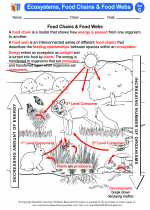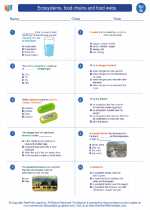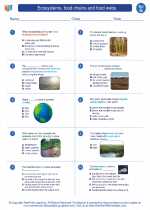Newton's Laws of Motion
Newton's laws of motion are three physical laws that together laid the foundation for classical mechanics. They describe the relationship between a body and the forces acting on it, and how its motion changes as a result of those forces.
First Law: Law of Inertia
The first law states that an object at rest will remain at rest, and an object in motion will remain in motion at a constant velocity, unless acted upon by a net external force.
Second Law: Law of Acceleration
The second law states that the acceleration of an object is directly proportional to the net force acting on the object and inversely proportional to its mass. This is expressed by the formula: F = ma, where F is the net force, m is the mass, and a is the acceleration.
Third Law: Law of Action and Reaction
The third law states that for every action, there is an equal and opposite reaction. This means that when one object exerts a force on a second object, the second object exerts a force of equal magnitude in the opposite direction on the first object.
Study Guide
.◂Science Worksheets and Study Guides Seventh Grade. Ecosystems, food chains and food webs

 Activity Lesson
Activity Lesson
 Worksheet/Answer key
Worksheet/Answer key
 Worksheet/Answer key
Worksheet/Answer key
 Worksheet/Answer key
Worksheet/Answer key
 Vocabulary/Answer key
Vocabulary/Answer key
 Vocabulary/Answer key
Vocabulary/Answer key
 Vocabulary/Answer key
Vocabulary/Answer key
 Vocabulary/Answer key
Vocabulary/Answer key
 Vocabulary/Answer key
Vocabulary/Answer key
